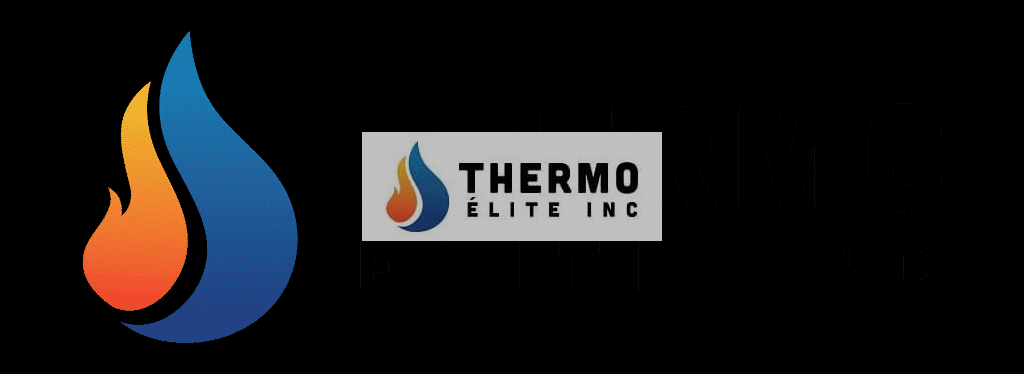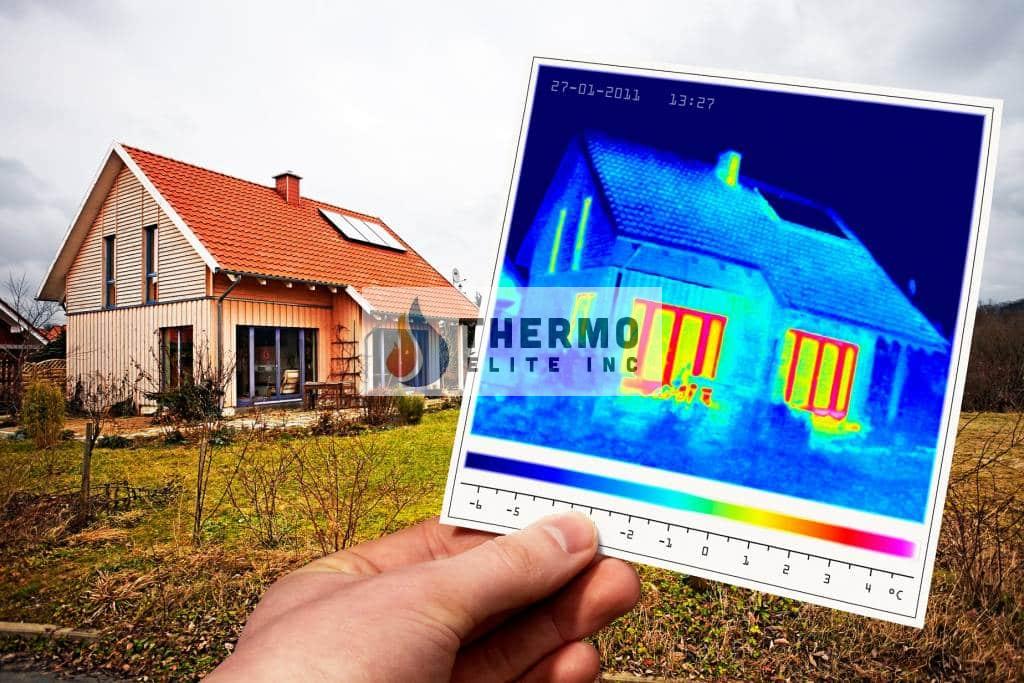Using infrared cameras or thermal imaging in new constructions has caught on big time. Earlier, these devices were heavy and expensive.
In the last few decades, cameras evolved into sophisticated, user-friendly, and affordable devices. They are easily accessible these days, and you can either buy your camera or lease one for non-regular use.
Thermal imaging is instrumental in building energy-efficient buildings where it helps to spot any leakages. Using an infrared camera helps real estate companies meet industry standards and comply with the government’s norms. In addition, thermal imaging cameras facilitate the early detection of problems in new construction projects. The early detection leads to quick repairs before the problems lead to structural damages or accidents.
Now, we shall discuss the nitty-gritty of using thermal imaging scans in new construction projects.
Thermal Imaging and Its Uses
Thermal imaging is used to detect infrared radiation emanating from objects and different surfaces. It appears in the form of an image on a screen in the IR camera called a thermogram. These images depict temperature variations, which the camera captures within its field of view.
A thermal camera captures both small as well as large thermal signatures. The thermal images are converted into readable temperature values with the help of sophisticated software.
The primary benefits of thermal imaging are:
- Detecting issues in thermal insulation and HVAC
- Performing home inspections
- Pinpoint spots causing energy loss
Thermal imaging is a non-invasive method to assess the damage caused by moisture or problems in the electrical circuit and look for ways to conserve energy in any structure. The technology is highly efficient, affordable, and accurate. What’s more, the cameras are light and easy to carry around. As a result, practical thermal imaging aims to identify problems before turning into major disasters or damages.
How Does Thermal Imaging Camera Work?
Thermal imaging cameras work by picking up heat radiating from objects and surfaces while using temperature differences to pinpoint the areas of concern.
For example, you can find moisture trapped in metal panels in new construction projects. To cite an example, attics in houses absorb a lot of heat under direct sun rays. So when temperatures dip after sundown, thermal imaging cameras can detect a slower heat release in the wet zones than in the dry ones. This variation of temperature is indicated through colour variations in an image that appears on the screen of the IR camera. This image is called the thermogram, which shows the exact spots where water leakage has occurred in the attic.
When you use the thermal imaging camera outdoors, you should consider certain weather conditions as these affect temperatures on exterior surfaces. The difference in temperatures recorded inside from those recorded outside affects the temperature differentials caught in the camera. The rate at which the outdoor temperature changes before capturing an area in the camera also impacts the measurement. It would help if you also considered the factors of solar loading and wind speed.
Thermal imaging cameras don’t measure the temperature directly; they measure the thermal energy being radiated. You arrive at the temperature after reading the energy amounts. But, again, thermal imaging cameras are incapable of providing X-ray visions. You can’t spot objects through walls or other obstacles.
Related:
Thermal Imaging: Finding Hidden Problems
How an Infrared Camera Works During a Home Inspection
How Thermal Imaging Cameras Help
- Detecting air leakage: Apart from the roof, checking temperature differentials around the windows, doors, and spots in buildings with openings helps detect air leakage. You can use the same method of studying temperature differentials to detect if the air is escaping in HVAC systems. It helps you prevent more energy consumption in maintaining the desired temperature.
- Detecting electrical problems: You can check if the circuits are overloaded using thermal imaging cameras to test electrical systems. You can also locate motor bearing failures, any issues in distributing electricity, and loose connections. The connection gets dirty when it’s loose. The circuit begins to overheat as the dirt causes resistance. In case of motor failures, the housing begins to heat up, which a thermal imaging camera can detect. If these issues are left unattended, there could be a fire or a significant power outage.
It’s crucial to capture the images when the equipment is operating at a load. It usually does to get a good idea of the electrical distribution grid.
- Other applications: You can use thermal imaging to check if an installation has been done correctly. It also helps detect small animal nests and plumbing leaks. Thermal imaging is instrumental in detecting problems requiring immediate attention and avoiding downtime or accidents. You can use thermal imaging cameras to scan the entire building envelope and detect energy loss. What can never be described articulately in words in a report can be communicated effectively in images. Graphical representation has more impact, and it can spur the people in charge into taking quick action.
The latest thermal imaging cameras are incredibly convenient devices using sophisticated technology. You can connect them to other devices for quick transfer of data. It helps a lot in preparing reports quickly, highlighting areas needing immediate attention. You can prepare easily understandable reports with images communicating what’s mentioned in the data more effectively. Thermal imaging cameras can be especially useful in making pinpoint identification of problem areas helping in better construction.
Conclusion
You can imagine the savings in costs you can make in construction projects making the HVAC more efficient with thermal imaging. It also helps you identify how well the electrical and plumbing systems are working. You can avoid so much work if you repair only that portion of equipment where the problem occurs instead of replacing it altogether. The money you spend investing in thermal imaging is more than made up for by the huge savings you can make with timely repairs to fix niggling problems. With thermal image scanning, you can ensure a far superior quality of work in a new construction project. In addition, they make the testing of various equipment and circuits far more effective and efficient.



